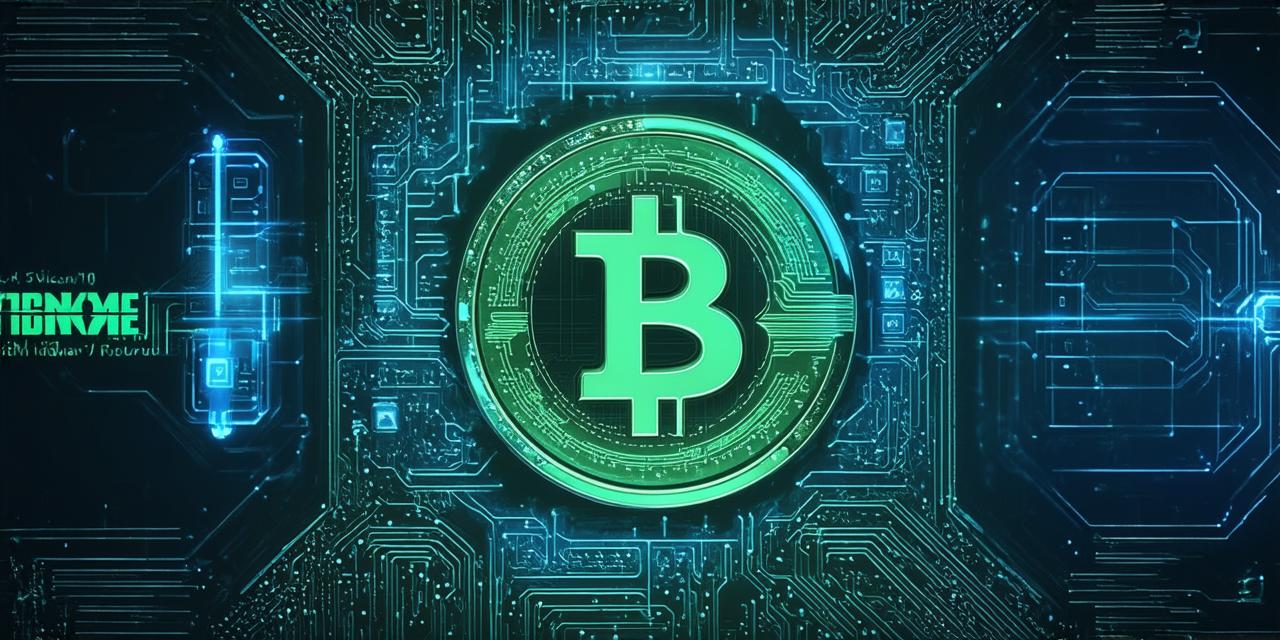
Understanding Blockchain Withdrawal Time
Blockchain withdrawal refers to the process of retrieving funds or assets from a blockchain network after they have been transferred or mined. The withdrawal process can take anywhere from a few minutes to several hours or even days, depending on various factors.
One of the main reasons for delays in blockchain withdrawal is the confirmation process. Confirmation is the process by which transactions are verified and added to the blockchain ledger. This process ensures that all parties involved have agreed on the transaction’s validity before it can be considered complete. The more confirmations a transaction requires, the longer it will take for the funds or assets to become available in your account.
Another factor that affects blockchain withdrawal time is network congestion. Blockchain networks are decentralized and rely on a distributed network of computers to validate transactions and maintain the ledger. However, if too many users are accessing the network at once, it can become congested, resulting in slower transaction speeds and longer withdrawal times.
Factors that Affect Blockchain Withdrawal Time
To help you understand how long it may take for a blockchain withdrawal to occur, here are some of the key factors that affect this timeframe:
1. Confirmation Requirements
The number of confirmations required for a transaction can vary depending on the blockchain network and the type of asset being transferred. For example, Bitcoin transactions typically require six to ten confirmations before they are considered complete. In contrast, Ethereum transactions may require up to 20 or more confirmations, depending on network conditions.
2. Network Congestion
As mentioned earlier, network congestion can significantly delay blockchain withdrawal time. If too many users are accessing the network at once, it can become congested, resulting in slower transaction speeds and longer confirmation times. This can be especially problematic during periods of high trading activity or when there are significant events affecting the cryptocurrency market.
3. Fee Priority
When submitting a blockchain transaction, you can choose to pay a higher fee for faster processing. This process is known as "front-running," and it allows your transaction to be processed more quickly than others with lower fees. However, not all networks support front-running, and it may not always result in significantly faster withdrawal times.
4. Asset Type
The type of asset being transferred can also affect blockchain withdrawal time. For example, some cryptocurrencies, such as Bitcoin, have a higher block size limit than others. This means that more transactions can be processed per block, resulting in faster confirmation times and potentially quicker withdrawal times.
Real-Life Examples of Blockchain Withdrawal Times
To help illustrate how long it may take for a blockchain withdrawal to occur, let’s look at some real-life examples:
1. Bitcoin Withdrawal Time
A study conducted by Chainalysis in 2019 found that the average Bitcoin transaction confirmation time was around 10 minutes. However, during periods of high trading activity, this time can increase significantly, with some transactions taking over 30 minutes or more to be confirmed.
2. Ethereum Withdrawal Time
Ethereum transactions typically require more confirmations than Bitcoin transactions. According to data from Blockchair, the average Ethereum transaction confirmation time was around 14 minutes in 2021. However, during periods of high network congestion, this time can increase significantly, with some transactions taking up to several hours to be confirmed.
3. Stablecoin Withdrawal Time
Stablecoins are a type of cryptocurrency that is pegged to a stable asset, such as the US dollar. Because they are designed to maintain a stable value, they tend to have faster confirmation times than other cryptocurrencies. According to data from Blockchair, the average Bitcoin transaction confirmation time was around 10 minutes in 2021.
4. Bank Withdrawal Time
While not directly related to blockchain technology, bank withdrawals can take anywhere from a few hours to several days depending on various factors, such as the type of account and the amount being withdrawn. For example, a check withdrawal may take up to two business days to clear before the funds are available in your account.
Managing Expectations: A Comprehensive Guide for Blockchain Developers
While there is no way to predict exactly how long it will take for a blockchain withdrawal to occur, there are some steps you can take to manage your expectations and avoid frustration. Here are some tips to help you navigate the blockchain withdrawal process:
1. Check Confirmation Requirements
Before initiating a blockchain transaction, check the confirmation requirements for the asset being transferred. This will give you an idea of how long it may take for the funds or assets to become available in your account.
2. Monitor Network Conditions
Keep an eye on network conditions and be prepared for delays if the network becomes congested. You can use tools such as Blockchair, CoinGecko, or CryptoSlate to monitor blockchain activity and get real-time updates on confirmation times.
3. Consider Fee Priorities
If you are in a rush to withdraw your funds, consider paying a higher fee for faster processing. However, keep in mind that front-running may not always result in significantly quicker withdrawal times.
4. Plan Ahead
When working with blockchain technology, it’s important to plan ahead and factor in potential delays. This means setting realistic timelines for transactions and budgeting accordingly. For example, if you need to withdraw funds within a specific timeframe, consider initiating the transaction well in advance to allow for any potential delays.
FAQs
Here are some common questions about blockchain withdrawal times:
1. How long does it take for a Bitcoin withdrawal?
The average Bitcoin transaction confirmation time is around 10 minutes. However, during periods of high trading activity or network congestion
